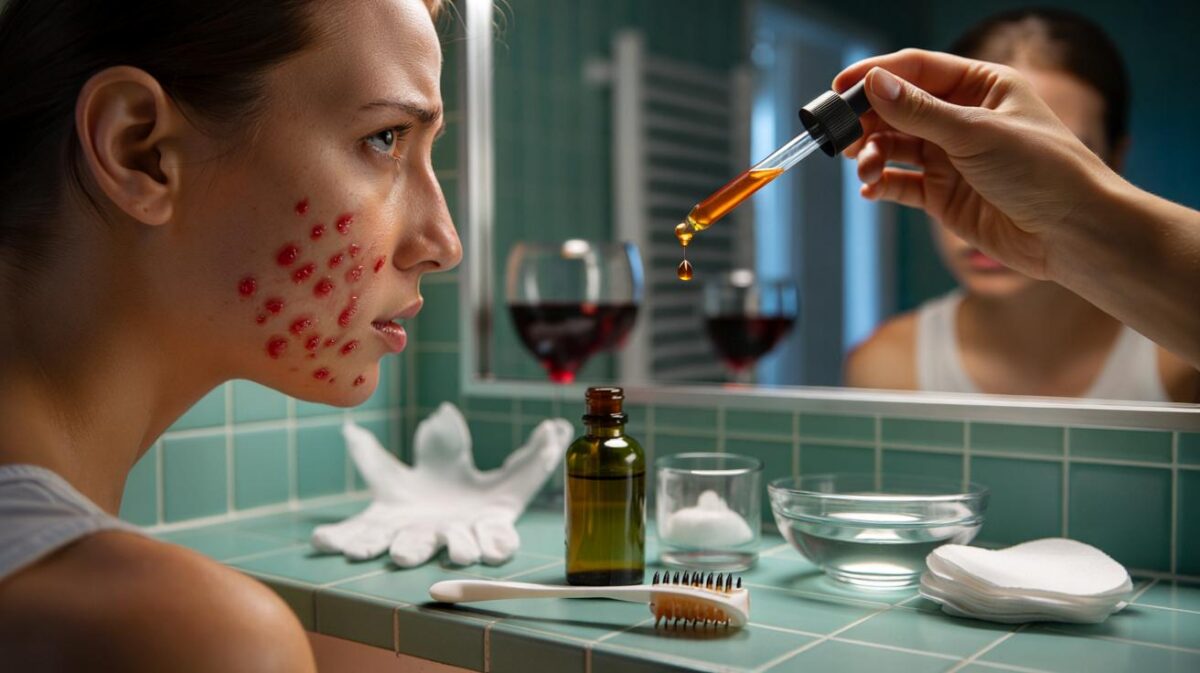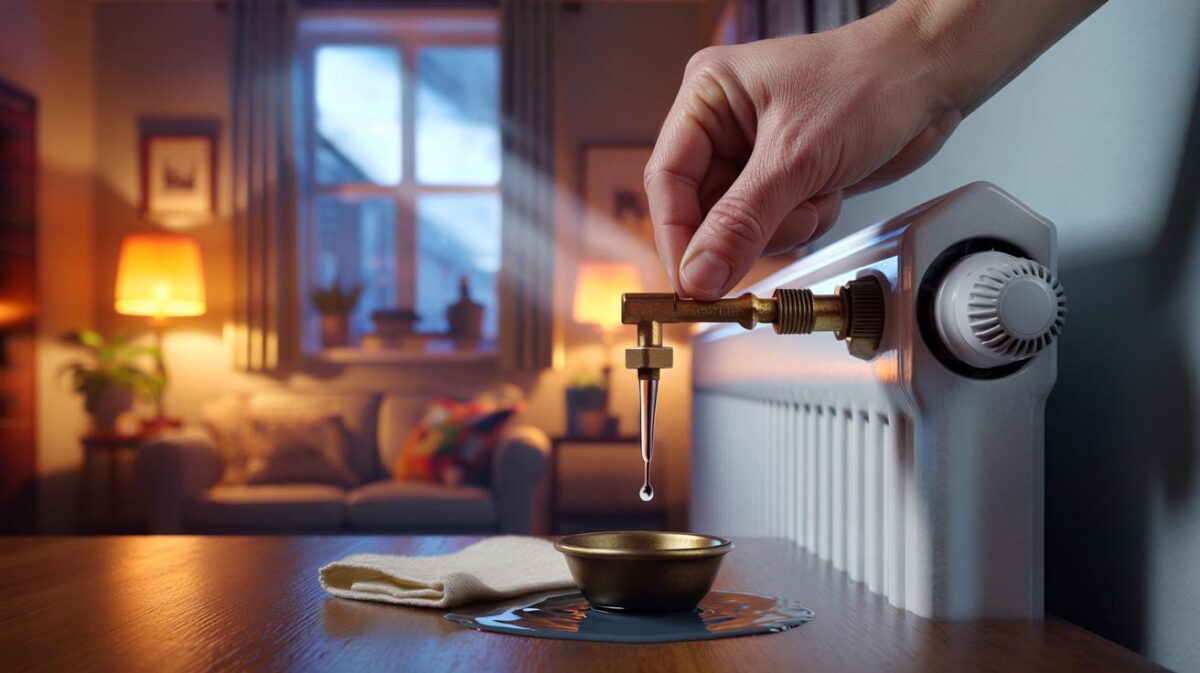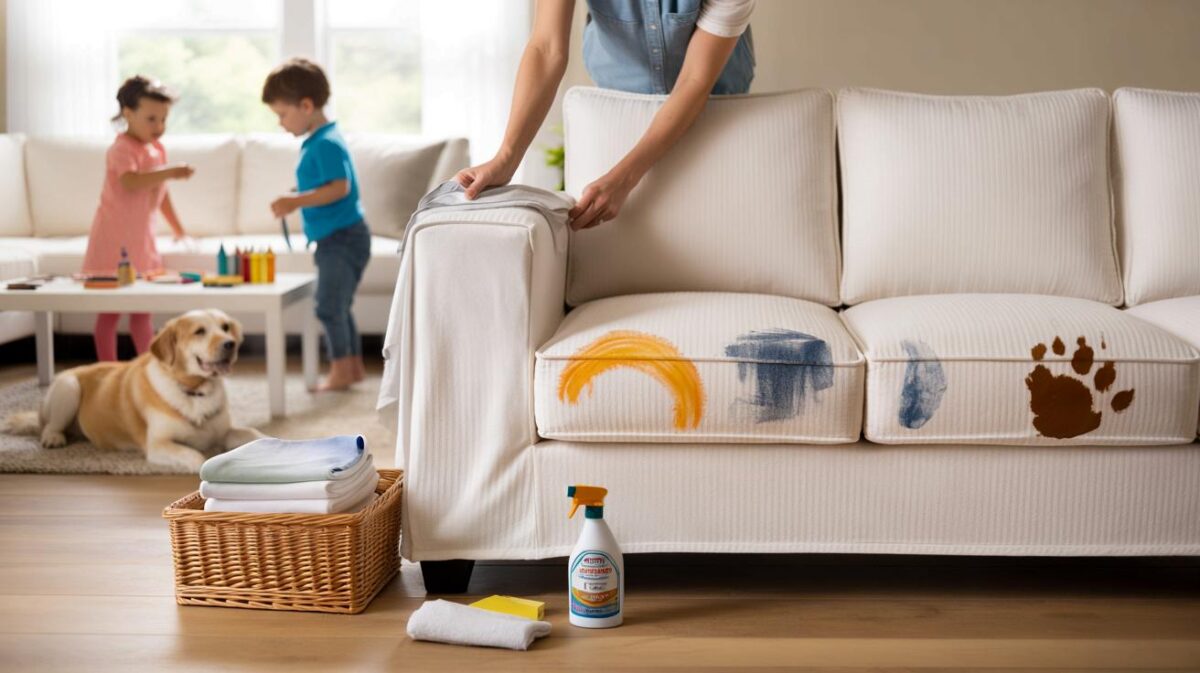Not disastrously wrong, just the ordinary kind of wrong that slowly erodes enamel, irritates gums, and quietly undoes the good you think you’re doing. UK dentists see the same culprits every day: too much pressure, the wrong angle, rinsing at the end like a clean-freak ritual. The fix is simple, and it starts with how you hold the brush.
The bathroom light flickers on, the tap runs hot then cold, and someone in a dressing gown is already going at their molars like they’re scrubbing a pan. Rinse, swish, minty blast, out the door — it looks efficient, almost athletic, like a small win before the commute. We’ve all had that moment when the foam and the freshness feel like proof you’ve nailed it, never mind the angry gums or that sting on a front tooth. A dental nurse once told me the worst damage happens with the best intentions. One detail changes everything.
The quiet mistakes hiding in your bathroom mirror
Watch most people brush and you’ll spot it: the death grip, bristles smashed flat, long sawing strokes like painting a fence. The gum line takes the hit first, and the enamel on the neck of the tooth wears like fabric at the knee. Your gums aren’t meant to be scrubbed like a stovetop. UK dentists talk about this in calm voices, but you hear the same phrase on every chair: gentle circles, not back-and-forth rage.
Then there’s the rinse. It feels clean to wash everything away with a big gulp of water or a blast of mouthwash right after brushing. That minty burn is theatre; the fluoride you just applied is the actual protection, and you’re flushing it down the sink. In NHS clinics from Glasgow to Gloucester, the poster says the same thing in plain letters: spit, don’t rinse. Tiny change, big win.
Pressure is the sneaky villain. People assume hard means thorough, like a car wash, yet gums hate force and enamel never grows back. Electric toothbrushes with pressure sensors weren’t invented for gadget lovers; they exist because most of us push far too hard. Two minutes can feel endless when you slow down and soften your hand, but that’s the zone where plaque loses and teeth keep their gloss.
The method UK dentists wish you used
Hold the brush like a pen, not a hammer. Tilt the bristles at a 45-degree angle into the gum line, then use small, slow circles — think thumbprint-sized, not wrist-sized. Start at the outer surfaces, move to the inner, finish on the biting edges, and linger where gums meet teeth, because that’s where plaque camps out. It feels almost too gentle, but that’s the point.
Time it. Two minutes, twice a day, with a toothpaste containing 1,350–1,500 ppm fluoride — that’s the NHS number, and it matters. Spit, don’t rinse, and give the fluoride time to do its thing; try not to eat or drink for 20–30 minutes after. If you’ve had something acidic — juice, fizzy drinks, balsamic — wait at least half an hour before you brush so softened enamel isn’t sanded off. Let’s be honest: no one really does that every day. Try it twice this week and feel the difference.
Swap brute force for sequence. Clean between teeth first with floss or, better yet, small interdental brushes sized to your gaps, then brush so fluoride can reach freshly cleared surfaces. Spit, don’t rinse, and let the fluoride stay. Electric brushes — especially oscillating-rotating heads — tend to beat manuals in studies, but the method still wins over the model.
“Angle the bristles into the gum line and barely press — the bristles should do the work, not your arm,” says Dr. Sarah Patel, a UK dentist who spends her days undoing the damage of enthusiasm.
- 45-degree angle into the gum line, tiny circles
- Two minutes, twice daily; toothpaste 1,350–1,500 ppm fluoride
- Clean between teeth before brushing
- Spit, don’t rinse; no food or drink for 20–30 minutes after
- Replace your brush head every three months, or sooner if frayed
The habit that pays you back
Think of this less as hygiene and more as a nightly reset, like stretching before bed or turning your phone face down. Small, boring choices compound beautifully here: slower strokes, the right angle, the pause after you spit. Two minutes isn’t a vibe; it’s a measurement. The people with calm gums and easy check-ups aren’t blessed, they’re consistent — they keep fluoride on the teeth and friction off the gums, and they forgive themselves when life gets messy and start again the next night.
| Point clé | Détail | Intérêt pour le lecteur |
|---|---|---|
| Angle and motion | 45° into the gum line, small circles, light pressure | Protects enamel and gums while removing more plaque |
| Fluoride and finish | 1,350–1,500 ppm fluoride; spit, don’t rinse | Leaves a protective layer that strengthens teeth |
| Timing and sequence | Interdental first, then brush for two minutes | Improves reach of fluoride and overall cleaning |
FAQ :
- Is an electric toothbrush better than a manual?Many studies show oscillating-rotating electrics remove more plaque and reduce gum inflammation, especially for people who press too hard. A manual still works when your technique is spot on.
- Should I rinse after brushing?No — spit out the excess foam and leave the fluoride on your teeth. If you love mouthwash, use a fluoride one at a different time of day.
- How much toothpaste should I use?For adults: a pea-sized amount. For children under six: a smear. Check the fluoride level on the box — 1,350–1,500 ppm for most adults.
- Do I brush before or after flossing/interdental cleaning?Before brushing is ideal. Clearing the spaces first lets the toothpaste reach more surfaces.
- When should I brush after acidic drinks or vomiting?Wait at least 30 minutes to let enamel reharden. In the meantime, rinse with water or a fluoride rinse and come back later to brush.








